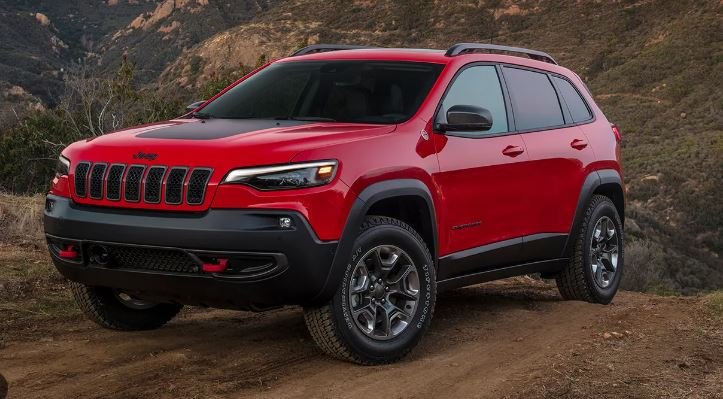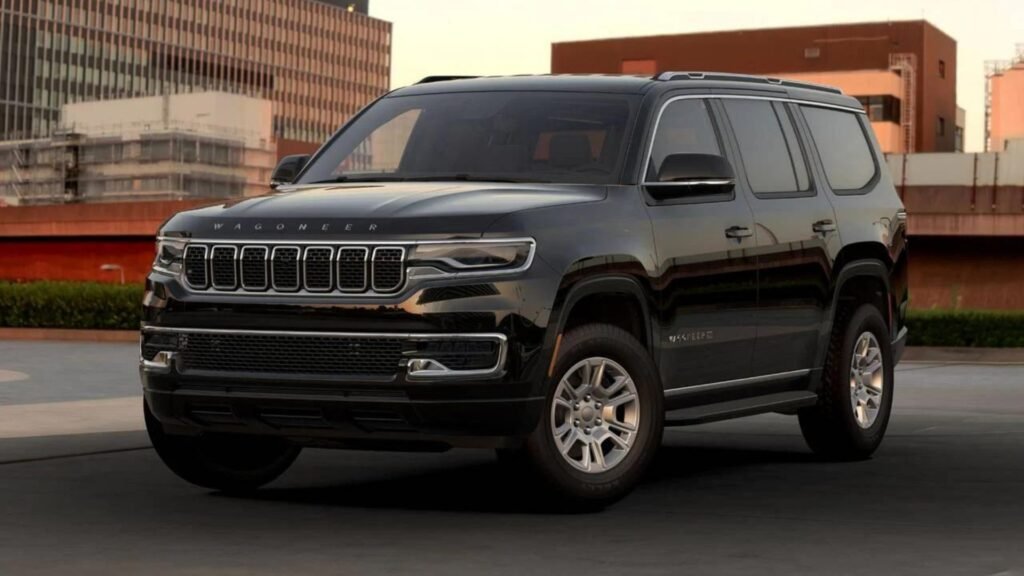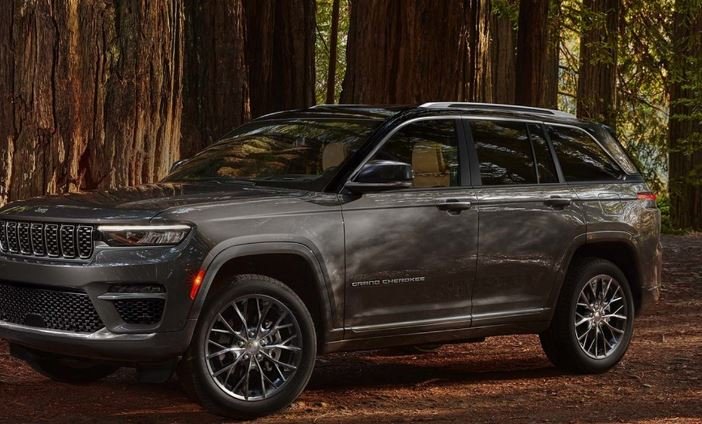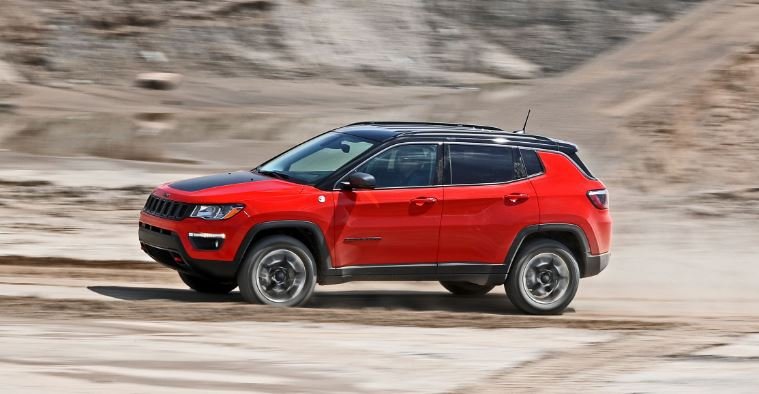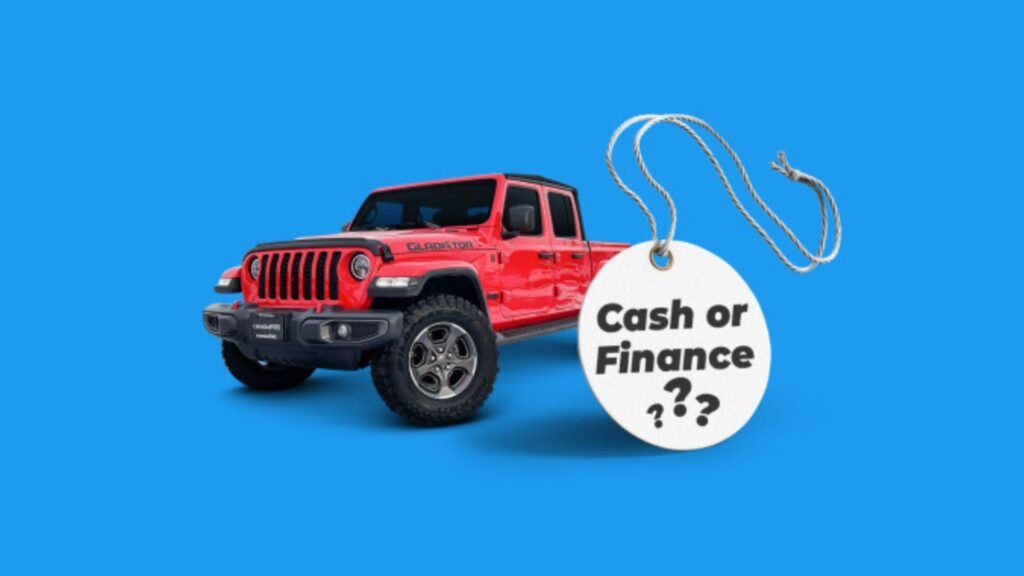Jeep has significantly influenced American car culture with its rugged design, off-road capabilities, and iconic status. From its military roots to becoming a symbol of adventure, Jeep has left an indelible mark on automotive enthusiasts and everyday drivers alike. Here’s a look at how Jeep has shaped American car culture.

1. The Birth of a Legend: Military Origins
Jeep’s journey began during World War II, where it played a crucial role as a military vehicle. The original Jeep, the Willys MB, became famous for its durability and versatility in challenging conditions. Post-war, the Jeep’s rugged design and off-road capabilities transitioned from military to civilian use, marking the start of its iconic status.
2. Cultural Icon: The Jeep Wrangler
The Jeep Wrangler has become a symbol of adventure and freedom in American car culture. Its distinctive design, with features like the seven-slot grille and removable doors, appeals to those seeking a unique driving experience. The Wrangler’s ability to tackle rough terrains and its open-air driving option make it a favorite among off-road enthusiasts and adventure seekers.
3. Community and Events: Jeep Culture
Jeep has fostered a strong community of enthusiasts through various events and gatherings. Jeep Jamboree, a series of off-road events, and the annual Moab Easter Jeep Safari are prime examples of how Jeep brings together its fans. These events celebrate Jeep’s off-road heritage and create a sense of camaraderie among owners and enthusiasts.
4. Customization and Personalization
Jeep encourages owners to personalize their vehicles, enhancing its appeal within American car culture. From lift kits and off-road tires to custom paint jobs and accessories, Jeep’s extensive aftermarket options allow drivers to tailor their vehicles to their preferences. This culture of customization reflects Jeep’s commitment to individuality and self-expression.
5. Media and Pop Culture Influence
Jeep’s presence in media and pop culture has solidified its status as an American icon. The brand frequently appears in movies, TV shows, and advertisements, often portrayed as a vehicle of adventure and exploration. This media visibility reinforces Jeep’s image as a symbol of ruggedness and freedom.
6. Environmental and Adventure Advocacy
Jeep has also impacted car culture by promoting environmental and adventure advocacy. The brand’s commitment to off-road conservation and responsible driving practices highlights its role in preserving natural landscapes. Initiatives like the Trail Rated® badge and support for outdoor organizations align Jeep with responsible adventure, influencing how car culture views off-road driving.
Conclusion
Jeep’s impact on American car culture is profound, stemming from its military origins to becoming a symbol of adventure and individuality. With iconic models like the Wrangler, a strong enthusiast community, and a significant media presence, Jeep continues to shape automotive culture in the U.S. Its commitment to customization, adventure, and environmental advocacy ensures its enduring influence on American car enthusiasts.

